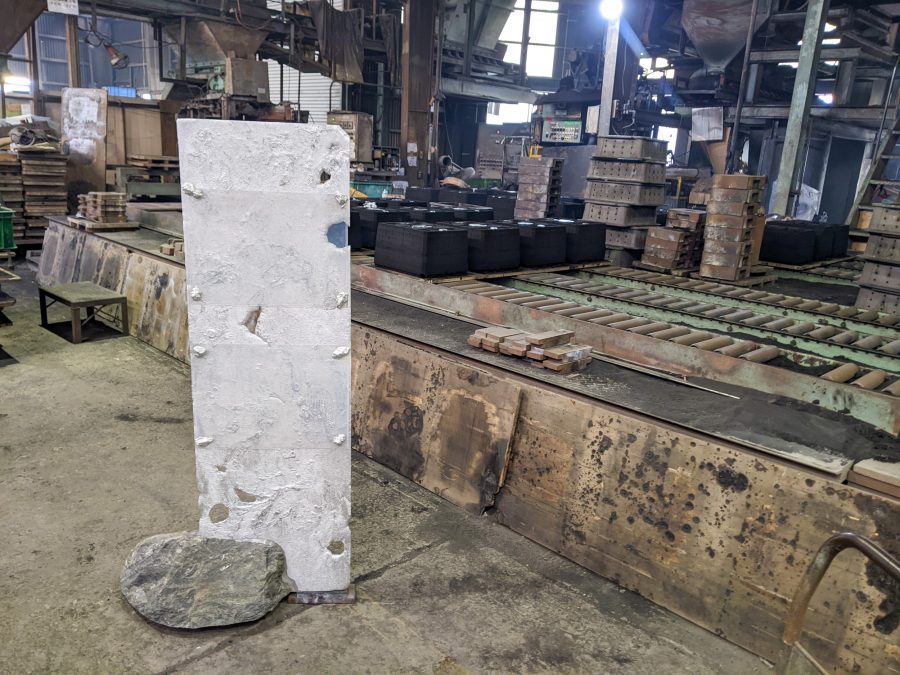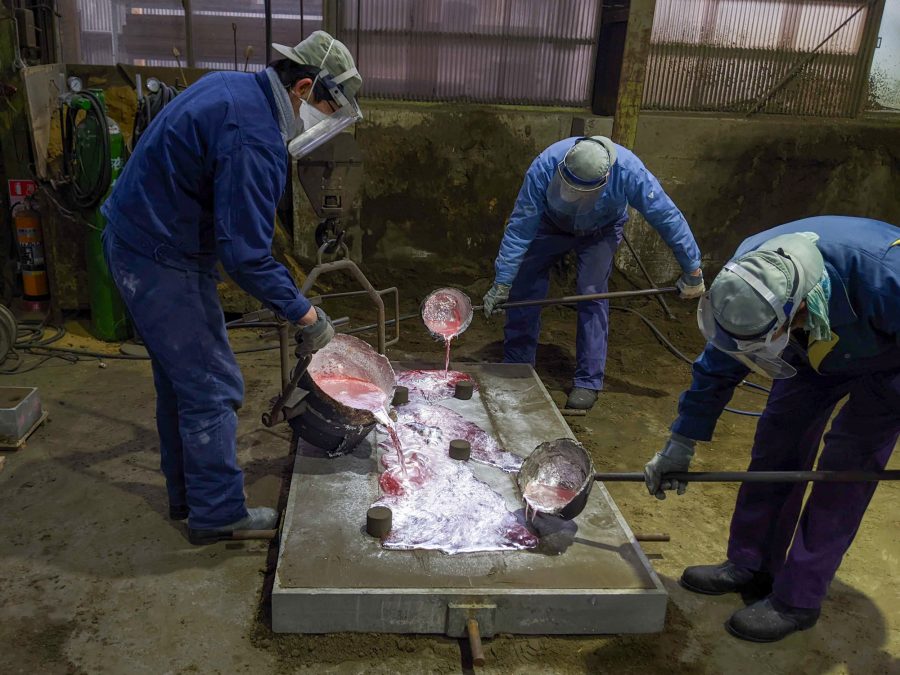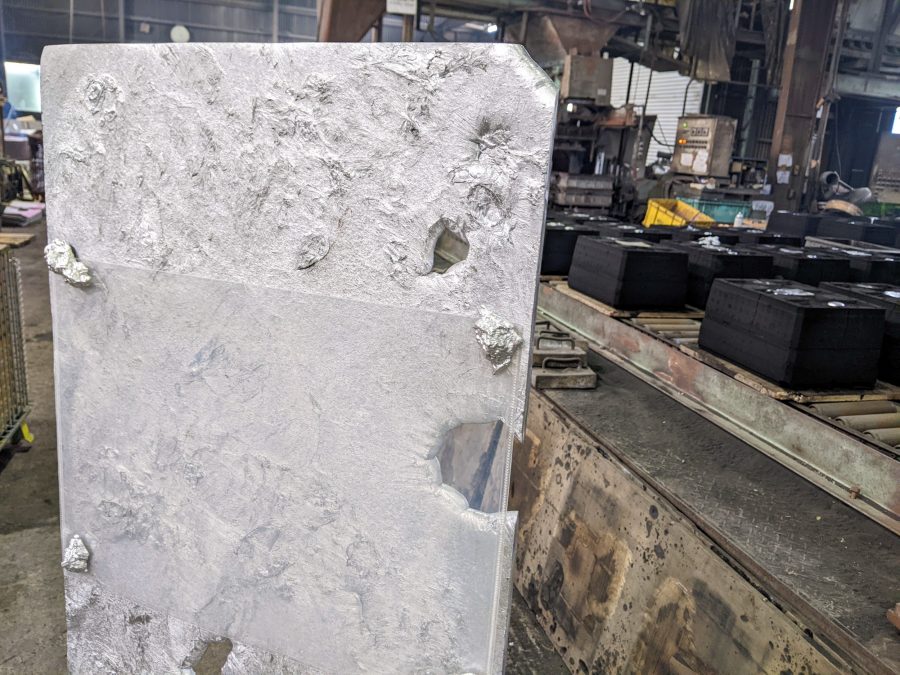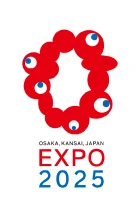
In early January of 2025, one year after the Noto Peninsula earthquake in 2024, Koge visited Shika Town, Ishikawa Prefecture, in order to find stone materials to use them for the mount of the stand. Hit by an earthquake measuring the maximum 7 on the Japanese seismic intensity scale and a record-setting heavy rain, the town still has some vivid traces of damage, such as piles of debris. She said, “It has been one year since the Noto Peninsula earthquake occurred, but we are faced with new problems on a daily basis. We would like to help take the first step toward the future of Noto.” “Nakashima Stone Factory,” which has operated business for over 100 years in Noto, kindly undertook the task of procuring stone materials suited for the design and specified weight, while “Tsuchida Seizaisyo” undertook the task of finding lumber in the devastated studio and processing it into molds. Looking back on the days on which she strove to repair things after experiencing the disaster herself, Koge decided once again to commit herself to supporting the activities for restoring their hometown as much as possible, saying, “I hope to convey the memories of the town of Noto as well as the aspirations of those who are striving to restore the town to visitors from around the world to the Expo.”
Metal waste, including aluminum, was collected from Wajima-asaichi Street while enlisting cooperation from Kanazawa-kakida Shoten Co., Ltd. and also directly delivered by the owner of Sakurada Sake Brewery in Noto from a collapsed brewery, totaling 360 kg. The process of trial and error was repeated for 9 months in cooperation with the Industrial Research Institute of Ishikawa and the Design Center Ishikawa, and in mid-February, a sign stand with a height of 1.4 m was finally completed. On its surface, holes of various sizes are formed and ruffled patterns are engraved, while utilizing the pattern and dynamism in the moment when the waste metal molten at about 800 degrees Celsius and refined was poured into sand molds. This is intended for conveying the memories of the earthquake disaster and depicting the circulation of metal. It exudes its presence like a single craftwork under the theme Koge pursued in the Co-Design Challenge.
“To recycle a limited amount of minerals on the earth and deliver them to people in a simple way” is the corporate philosophy of Kanamori Alloy. In addition to casting aluminum plates for printing newspapers into automobile parts, they recycled aluminum cans discarded at leading hotels into tableware, expanding their business domain by handling items for daily use. In cooperation with the maker of equipment for beauty salons that will display their products at the pavilion, Kanamori Alloy is designing sustainable products to be provided for visitors to the Expo by using the discarded aluminum tubes for coloring agents as raw materials. Koge said in an excited voice, “We will put the materials that used to be discarded onto manufacturing lines. Thanks to the Expo, collaborative projects for co-creation with enterprises in different industries are progressing to solve issues, so I’m already excited.”
Koge envisioned the shift to a circular factory for recycling not only metal, but also all kinds of materials and energy generated in factories. Currently, she is endeavoring to cultivate narcissi by reusing the sand for molds. She is also thinking of utilizing heat generated during the metal melting process. She said, “It would be great, if the heat could be used as energy source for public bathhouses to share benefits with local people.” Koge has already taken the first step toward the next phase.


Share this article


